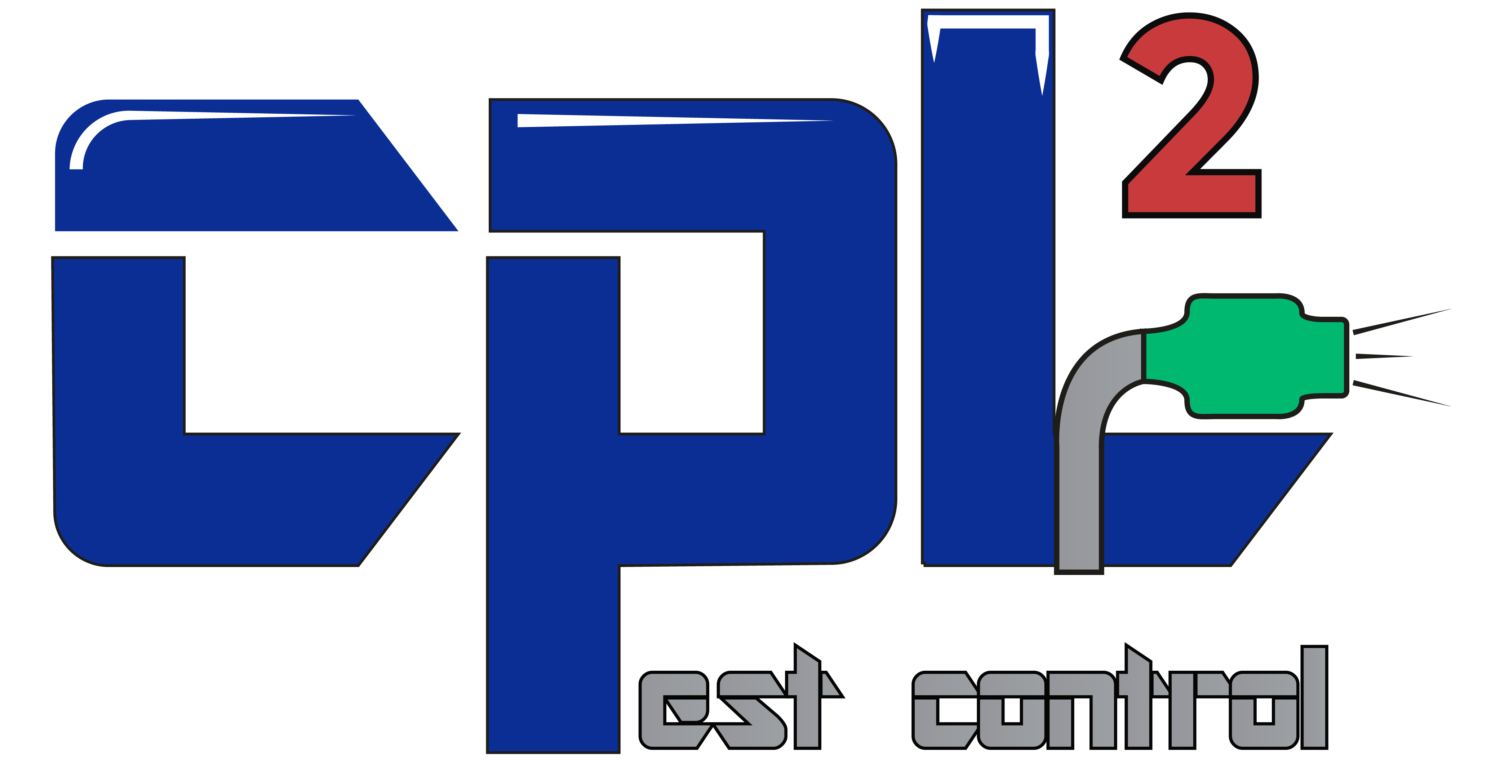The charming neighborhood of The Heights, TX, with its historic homes and tree-lined streets, may be a picturesque setting, but lurking beneath the surface are silent invaders that can wreak havoc on your property: drywood termites. These pests have been causing concern among homeowners in the Houston area, and it’s crucial to understand the threat they pose, how to identify them, and, most importantly, how to eliminate them. In this article, we’ll delve into the world of drywood termites, exploring their differences from other termite species in Southeast, TX, the potential damage they can inflict, and why CPL Pest Control is your best ally in combating these wood-destroying invaders.
Differentiating Drywood Termites from Other Species:
Southeast, TX, is home to several termite species, each with its own distinctive characteristics. Drywood termites, in particular, differ from their subterranean counterparts in that they don’t rely on soil contact. Instead, these termites establish colonies directly within the wood they consume, making them particularly challenging to detect. Unlike subterranean termites, drywood termites do not build mud tubes, making their presence even more discreet.
Understanding the Damage:
The damage inflicted by drywood termites is insidious. These pests tunnel through the wood, feeding on cellulose, and can compromise the structural integrity of your home over time. The damage often goes unnoticed until it becomes severe, making early detection critical for effective termite control. Signs of a drywood termite infestation include hollow-sounding wood, blistered or darkened areas, and the presence of termite droppings, known as frass.
Decoding Frass:
Frass is a key indicator of drywood termite activity. These tiny, pellet-like droppings are excreted by the termites as they tunnel through the wood. Recognizing frass is essential in identifying an infestation. It resembles grains of sand or sawdust and can often accumulate beneath infested wood or near termite exit holes. If you notice frass around your home, it’s time to take action.
Taking Control with CPL Pest Control:
When dealing with drywood termites, it’s crucial to enlist the help of a professional pest control service. CPL Pest Control, with its years of experience in the Houston area, offers specialized termite treatment programs tailored to address drywood termite infestations. Their trained technicians employ advanced techniques and treatments to eradicate these pests from your home, ensuring the long-term protection of your property.
Preventive Measures and Treatment:
In addition to addressing existing infestations, CPL Pest Control provides comprehensive preventive measures to protect your home from future termite attacks. This includes regular inspections, barrier treatments, and advice on minimizing conditions conducive to termite activity. By addressing the root causes and implementing effective solutions, CPL Pest Control aims to safeguard your home against the threat of drywood termites.
Conclusion:
Drywood termites are a formidable adversary for homeowners in The Heights, TX, and the surrounding Houston area. Detecting their presence early, understanding the signs of infestation, and promptly seeking professional assistance are crucial steps in preserving the structural integrity of your home. CPL Pest Control stands out as a reliable partner in the battle against drywood termites, offering tailored solutions to keep your home termite-free. Don’t let these silent invaders compromise your property—act now to ensure a termite-free future.
